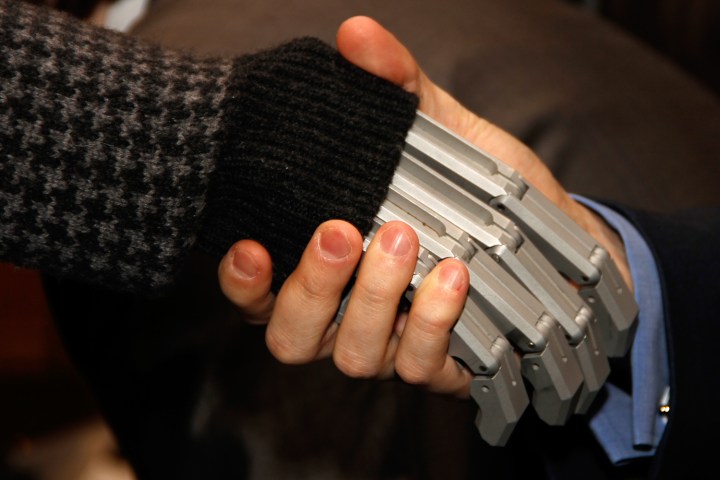
Researchers will design a custom-fit, lightweight glove that contains cameras, mechanical sensors, and electrical sensors. This combination of sensors, cameras, and actuators will make it possible for users to approximate the size, shape, and location of an object before they grasp it. “The visual sensors, very high-resolution cameras, will first notify the wearer of the location and shape, and the proximity touch sensors kick in as the hand gets closer to the object,” said Yantao Shen, lead researcher and Engineering assistant professor from the University of Nevada, Reno.
Related: Have color blind friends or family? These glasses may fix their vision
The device is still in the concept stage of development with Shen and research partner Cang Ye, from UALR’s Department of Systems Engineering, hammering out the details. A team of post-doctoral, graduate and undergraduate students will help design the glove and test its usability in laboratory trials. Shen also plans to use the project as part of a senior engineering design course that will give students the chance to develop new features and propose novel applications for the hand-worn device.
To fund their research, the team has received a three-year National Robotics Initiative grant from the National Institutes of Health’s National Eye Institute division. The $820,000 grant is the first NRI grant for the University. Shen’s initial focus will be on the assistive capabilities of the device, but the team believes the wearable robot technology also will have an impact on space exploration, military use, search and rescue, and more.




